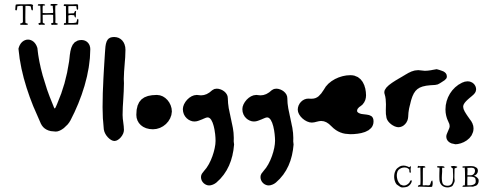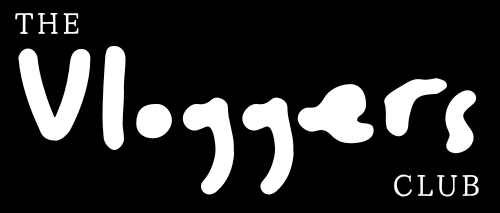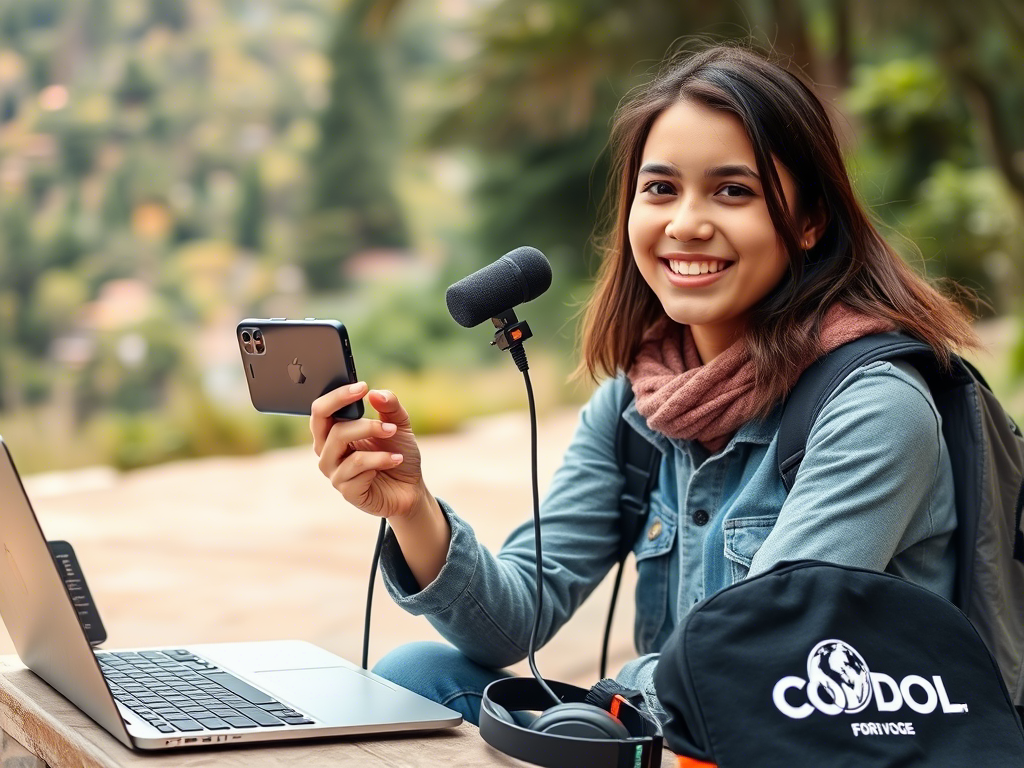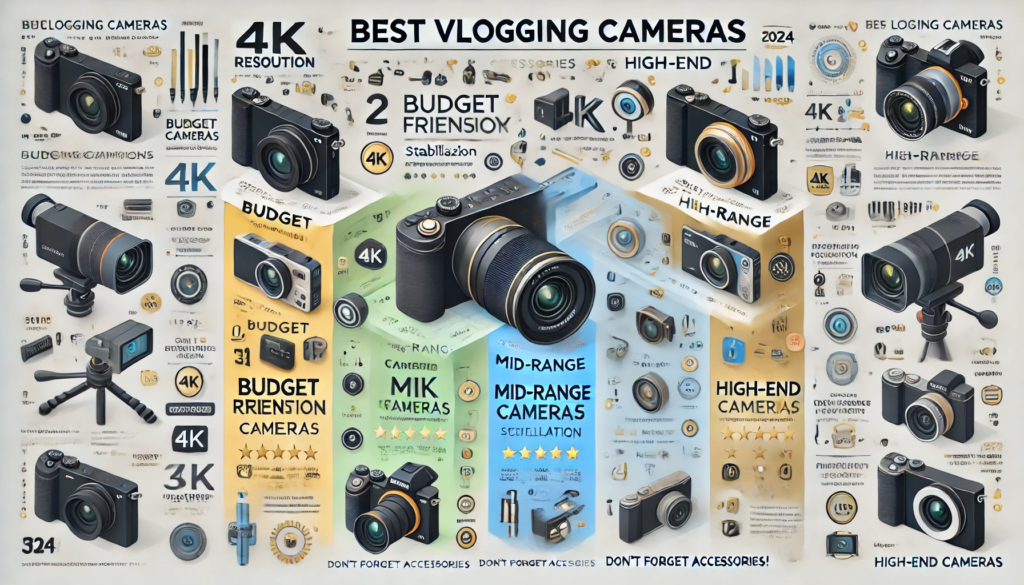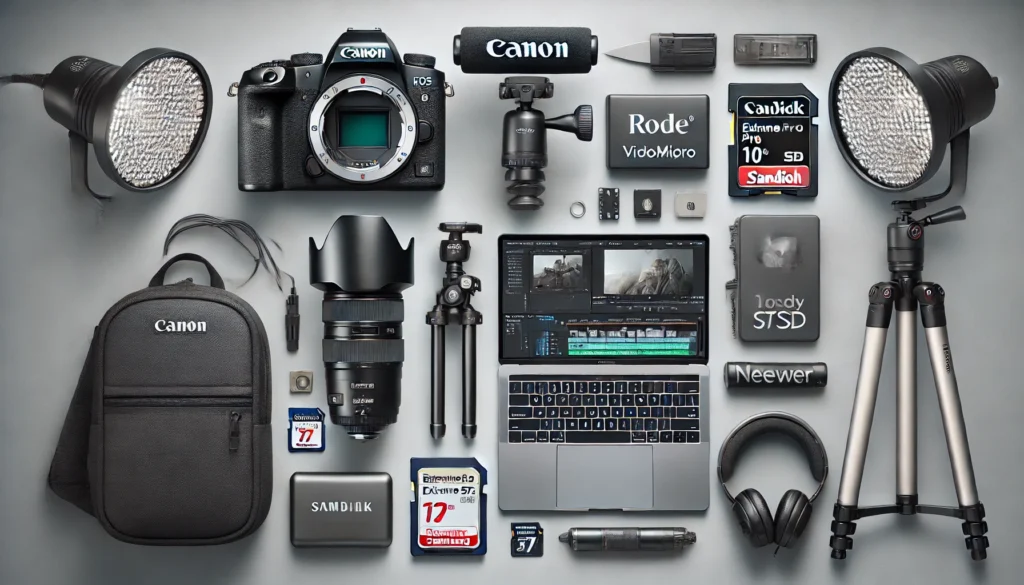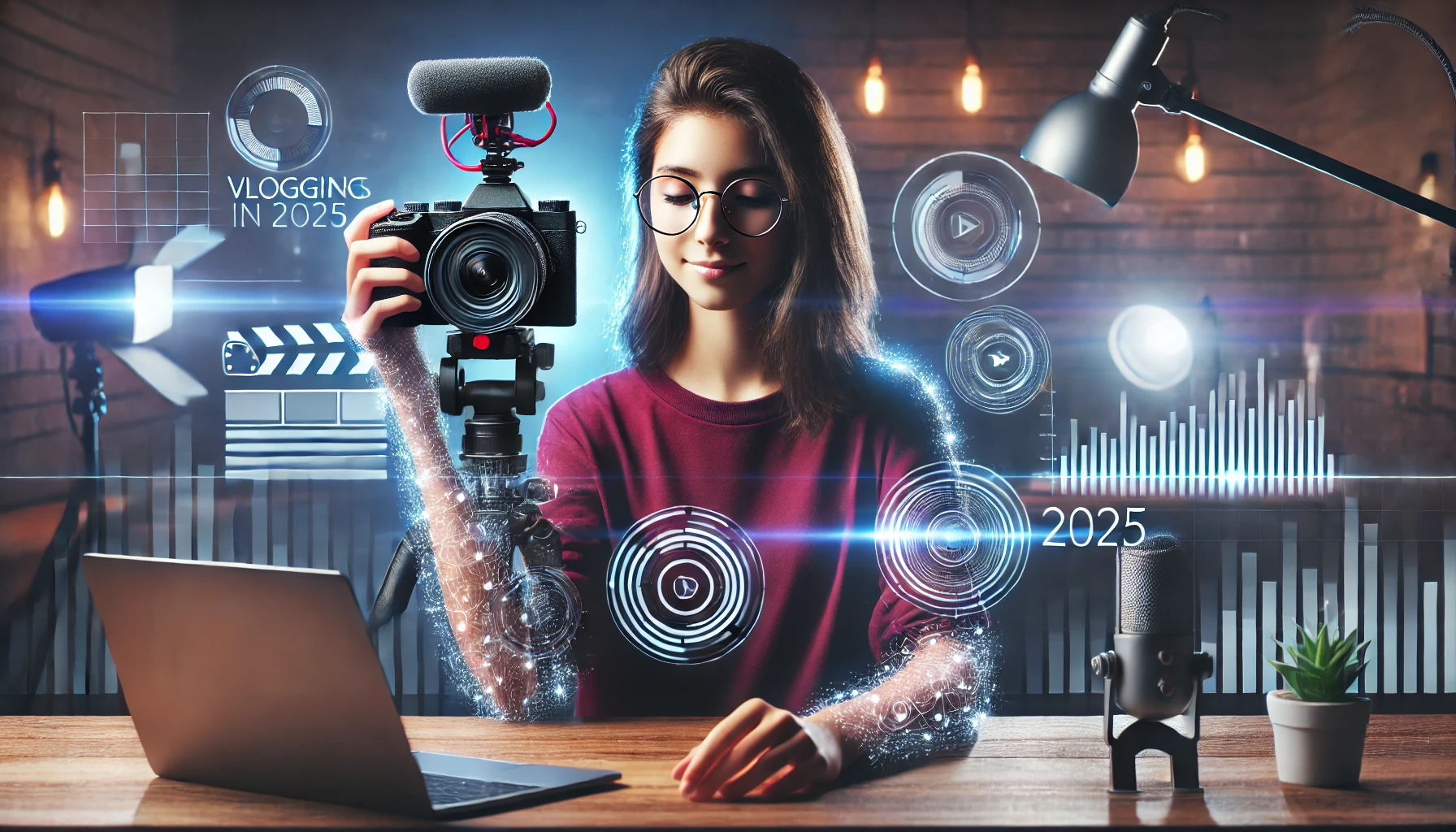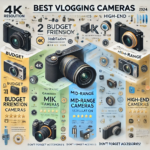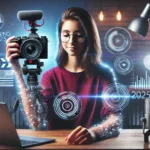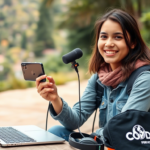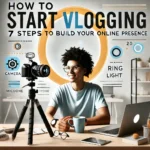
What Is The Difference Between Vlogging and Podcast
The digital content creation landscape in 2025 is more dynamic than ever. As technology evolves, vlogging and podcasting are no longer confined to their traditional formats. AI-driven tools, immersive experiences, and interactive engagement strategies have significantly transformed how creators connect with their audiences. With 92% of digital consumers engaging with multi-format content experiences, understanding the distinctions between vlogging and podcasting is crucial for content creators looking to maximize their reach. Let’s deep dive and know what Is The Difference Between Vlogging and Podcast.
Technological Advancements in Content Creation
The rise of AI-powered tools and immersive technology has drastically reshaped digital storytelling. Both vlogging and podcasting benefit from innovative advancements that streamline content production and enhance audience engagement.
- AI-Powered Editing Tools: Automated video and audio editing now allow creators to refine their content with minimal effort. AI-enhanced software improves sound quality, removes background noise, and even suggests optimal cuts for better pacing.
- Immersive AR/VR Integration: Vlogging has embraced augmented and virtual reality, allowing creators to transport audiences into interactive and visually captivating digital spaces.
- Advanced Audio Enhancement for Podcasts: AI-driven audio processing ensures crystal-clear sound, offering features like spatial audio and dynamic compression to enhance the listening experience.
- Real-Time Translation and Accessibility Features: Automatic transcription and multilingual content generation make both vlogging and podcasting more accessible to global audiences.
- Personalized Content Generation Algorithms: AI curates personalized video and podcast suggestions based on user behavior, making content discovery more intuitive and engaging.
Platform and Distribution Innovations
Distribution methods for vlogs and podcasts have evolved, leveraging emerging technologies to enhance monetization and audience reach.
- Decentralized Content Platforms: Blockchain-based platforms allow creators to distribute content independently, ensuring greater control and security over their work.
- Blockchain-Verified Creator Monetization: Smart contracts and cryptocurrency-based transactions provide transparent and tamper-proof revenue streams for content creators.
- Cross-Platform Content Syndication: Creators can seamlessly distribute their vlogs and podcasts across multiple platforms, ensuring maximum exposure and audience growth.
- AI-Driven Content Recommendation Systems: Machine learning algorithms analyze user preferences to deliver hyper-personalized content recommendations.
- Enhanced Interactive Audience Engagement Tools: Features like live polls, Q&A sessions, and AI-powered chatbots enable deeper engagement between creators and their communities.
Content Format and Technological Convergence
The boundary between vlogging and podcasting is becoming increasingly fluid, thanks to hybrid content formats and AI-enhanced storytelling.
- Hybrid Video-Audio Content Experiences: Podcasts with video elements and vlogs with high-quality audio storytelling create a more immersive content experience.
- AI-Generated Content Suggestions: AI assists creators by suggesting engaging topics, structuring content, and even generating scripts.
- Personalized Content Streams: Adaptive content streams allow users to switch seamlessly between audio and visual formats based on their preferences.
- Interactive Storytelling Capabilities: AI-driven storytelling enables branching narratives where audiences can influence the direction of the content.
- Seamless Multi-Platform Content Adaptation: AI tools automatically optimize content for different platforms, ensuring the best user experience regardless of the medium.
Audience Interaction and Engagement
Engagement is at the heart of digital content creation, and both vlogging and podcasting are leveraging advanced tools to foster deeper connections with audiences.
- Real-Time Audience Participation: Livestreaming, interactive polls, and instant feedback loops allow audiences to actively participate in content creation.
- Personalized Content Recommendations: AI curates unique content experiences tailored to individual user preferences.
- AI-Powered Audience Insights: Deep data analytics help creators understand audience behavior, refine content strategies, and optimize engagement.
- Immersive Viewing/Listening Experiences: Augmented reality, 3D audio, and spatial storytelling enhance how audiences consume content.
- Enhanced Creator-Audience Connectivity: AI chatbots, virtual co-hosts, and community-driven content initiatives strengthen the relationship between creators and their followers.
Outro
In 2025, the lines between vlogging and podcasting continue to blur, driven by AI-powered content creation, immersive technologies, and interactive storytelling. Successful digital content creators will embrace these advancements to deliver highly personalized and engaging multimedia experiences. By leveraging the latest in digital content creation, vlogging and podcasting will continue to evolve, offering audiences innovative ways to consume and interact with content. Hope you understood what Is The Difference Between Vlogging and Podcast.
